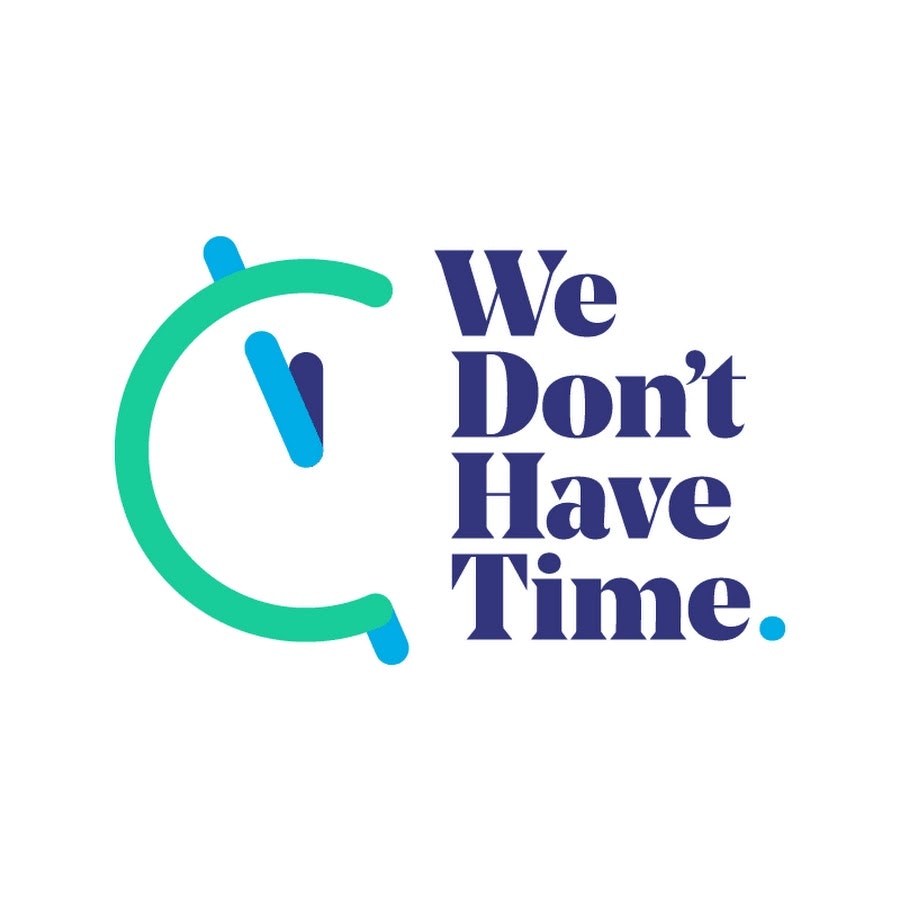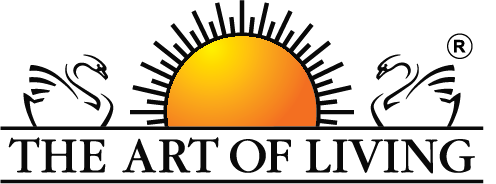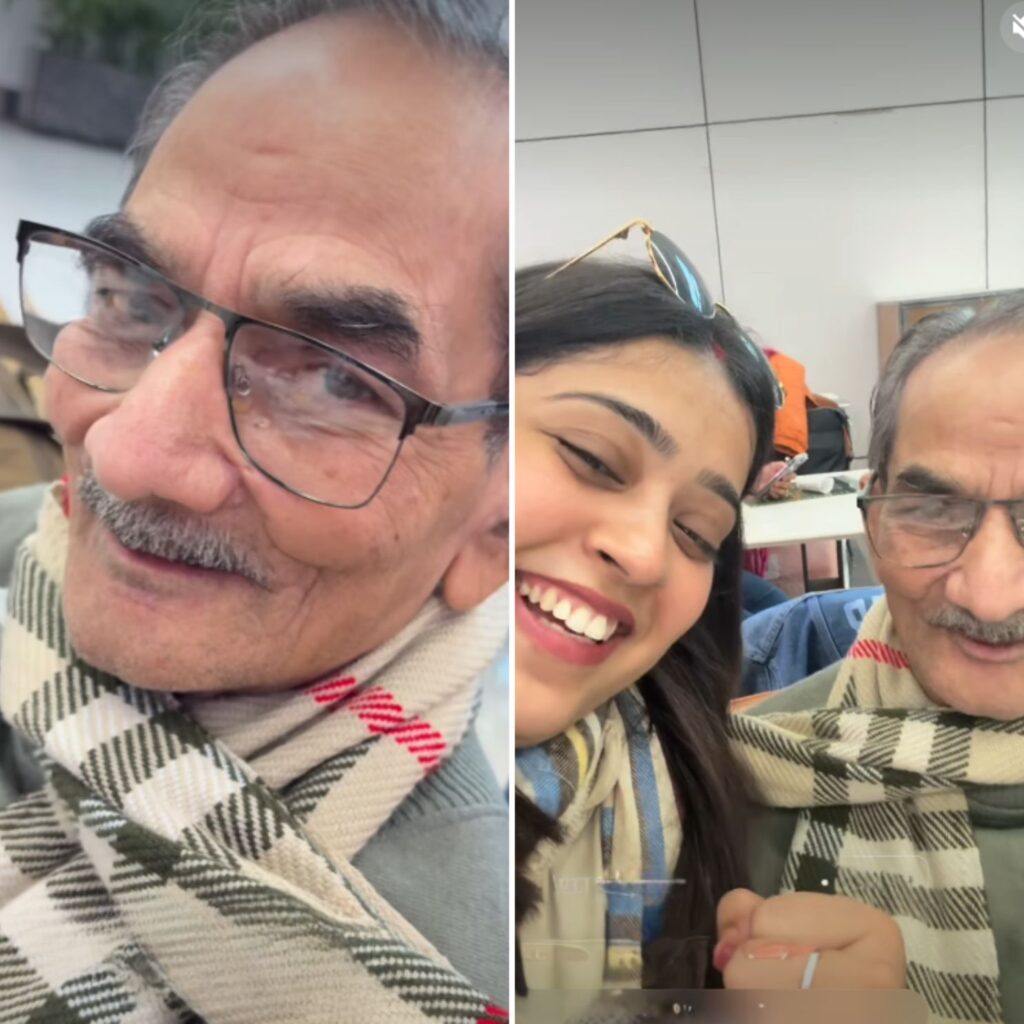The World Health Organization (WHO) has called on industry and governments to increase manufacturing by 40 per cent to meet the rising global demand for Personal Protective Equipment (PPE).
According to the organisation severe and mounting disruption to the global supply of personal protective equipment (PPE) which is caused by rising demand, panic buying, hoarding and misuse, is ultimately putting lives at risk from the new coronavirus and other infectious diseases.
Doctors Need Gear
PM Modi called upon the citizens to light candles for 9 minutes on April 5 at 9 PM. A simultaneous twitter campaign started on the same day to bring to attention the fact that doctors fighting the pandemic need protective gear.
‘Doctors of Bhagalpur, Bihar threatened to go on strike if not provided with PPEs. Admin threatens to give their details to enforcement cell & book them under IPC 188. Doctors are not slaves? How can you force them to work without protective equipment?#DocsNeedGear, ‘ read a tweet.
Doctors of Bhagalpur, Bihar threatened to go on strike if not provided with PPEs. Admin threatens to give their details to enforcement cell & book them under IPC 188. Doctors are not slaves? How can you force them to work without protective equipments #DocsNeedGear pic.twitter.com/dWraitUtrP
â Harjit Singh Bhatti (@DrHarjitBhatti) April 3, 2020
This hashtag was trending on Twitter in India, signifying the growing concern about the sorry state of doctors and nurses battling the coronavirus pandemic.
Situation in India
According to an NDTV report, doctors from Siliguri to Kashmir have complained, even threatened to go on strike because of the lack of personal protective equipment (PPE) – specialised coveralls, gloves, goggles, masks.
Due to the 21 days lockdown as the first orders for PPE went to the manufacturers, the supply of proactive wear, albeit an exempted category, is expected to face tremendous disruption. It can also be expected that the government would cite this very reason to justify delays in being able to deliver safety wear to hospitals.
The government has limited options for import of safety wear at this point in the pandemic. Therefore it is almost entirely dependent on domestic manufacturers.
The day before the lockdown on March 23, the government put out the final modification of a domestic tender outlining its requirement for safety wear.
The tender was put up on the website of HLL Lifecare, a government-run company. The final version asked for 10 lakh coveralls, 10 lakh protective goggles, 40 lakh N95 masks, two crore triple-layer surgical masks, 20 lakh nitrile gloves and 10 lakh bottles of hand sanitizers.
It was further reported that on the same day, the Health Ministry stated that it was in touch with safety wear makers since February and that samples submitted by six Indian firms had recently passed quality control tests.
On March 24, the ministry put out a global tender, looking for the exact amounts of PPE as the earlier tender.
On March 30, the ministry claimed that 11 Indian companies have been given contracts to supply 21 lakh coveralls. According to this statement, orders had been placed by the government to import 30 lakh coveralls from South Korea and Singapore.
On April 1, it was reported by NDTV that amid a lack of sufficient protective gear for health care personnel looking after the COVID-19 patients, India has exported 90 tons of medical equipment and safety gear to Serbia.
The matter came to light after a tweet from the official Twitter account of the Serbian branch of the UNDP (United Nations Development Programme).
The 2nd cargo Boeing 747 with 90t of medical protective equipment landed from India to Belgrade today. The transportation of valuable supplies purchased by @SerbianGov has been fully funded by the #EU while @UNDPSerbia organized the flight & ensured the fastest possible delivery. pic.twitter.com/pMZqV7dwTg
â UNDP in Serbia (@UNDPSerbia) March 29, 2020
WHO On Shortage Of PPE
WHO has said that shortages of gloves, medical masks, respirators, goggles, face shields, gowns, and aprons are leaving doctors, nurses and other frontline workers dangerously ill-equipped to care for COVID-19 patients.
‘Without secure supply chains, the risk to healthcare workers around the world is real. Industry and governments must act quickly to boost supply, ease export restrictions and put measures in place to stop speculation and hoarding. We can’t stop COVID-19 without protecting health workers first,’ said WHO Director-General Dr Tedros Adhanom Ghebreyesus.
Ever since the start of the novel Coronavirus outbreak, prices of the PPE have surged. Surgical masks have seen a sixfold increase in price, cost of N95 masks have tripled and gowns have doubled. To add to this, supplies can take months to deliver and market manipulation is widespread, with stocks frequently sold to the highest bidder.
Based on WHO modelling, an estimated 89 million medical masks are required for the COVID-19 r…











